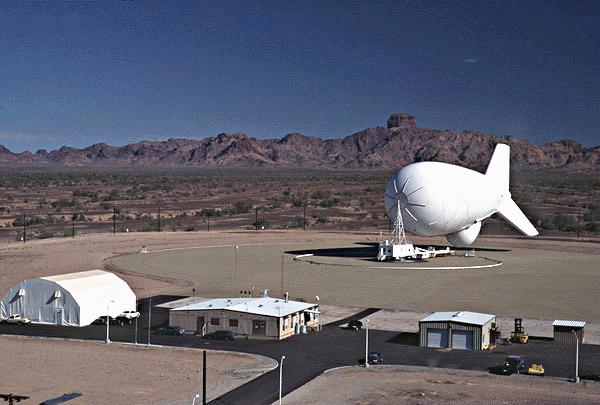Fabius said:
Do the issues and challenges surrounding the storage, handling, and launch of an armed helicopter change much based on the munitions load out? If the airframe and ship and crews are setup to mange those issues for the Mk46 (as an example) is it a fairly easy process (conceptually/logistically perhaps not administratively) to manage those same issues for stand off surface weapons?
Yes, they do. At it's most basic (grossly oversimplified) a Mk-46 is going to go *clunk* onto the flight deck (we had one de-band, wasn't a warshot; the bands coming off can cause some serious damage, plus there is the nastiness known as otto fuel, and if it was a warshot...); a missile, if your flight deck procedures aren't right, goes right into the hangar (which, by the way, is between the two torp mags...)
A little bit apples to oranges, but see
https://en.wikipedia.org/wiki/1967_USS_Forrestal_fire
Fabius said:
Honestly at this point I am starting to think that flexibility (which is what I think most people are ultimately trying to achieve with talk of a second helo) with almost all our platforms comes from the munitions load outs that are possible, backed by the sensor and C2 capabilities to employ the different munitions types. What's lacking seems to be the munitions diversity needed for that flexibility.
Absolutely, and well understood by the right people. The sensor capabilities are already there, the C2 is manageable, the flight deck procedures already exist amongst our allies; as always, what's missing is *will* and *money*.
To be honest, I agree that the Merlin / Wildcat or SH-60R / SH-60S pairings bring something extra to the fight; one as the sensor banging away and emitting, one as the shooter being really, really sneaky. But, less *will* and less *money* for that exists in Canada, plus all of the issues already spoken to of building up, in effect, a whole new community.
Speaking of being sneaky... see
https://www.ainonline.com/aviation-news/defense/2018-07-16/fire-scout-gains-osprey-radar And from all accounts the Leonardo Osprey AESA radar puts the APS-143 to shame. Right of the bat it is purported to be concurrent multi-mode...
Come to think of it, given the MQ-8C endurance is over 12 hours (amazing what getting rid 3 sets of self loading baggage plus their special needs, like seats, and replacing it with go-go juice will do), and the Osprey is the first real Airborne Surface Search AESA, plus Link-16 in addition to the existing TCDL, this is where the discussion logically goes next. Give it an ESM and it could be the persistent surface search platform, plus fulfill the AEW role Underway speaks to, for countries that can't have either E-2Ds or Merlin Crowsnest.
Which then brings us back to the mission bay of the Type 26... these are the real discussions that happen around capability that is within the *will* and *money* of countries like Canada...
But I wouldn't know, because I've never been involved in discussions about embarked aviation requirements




